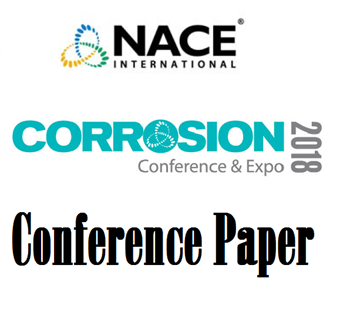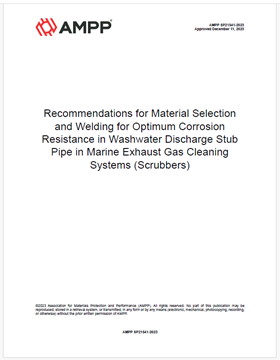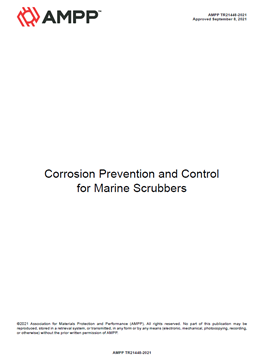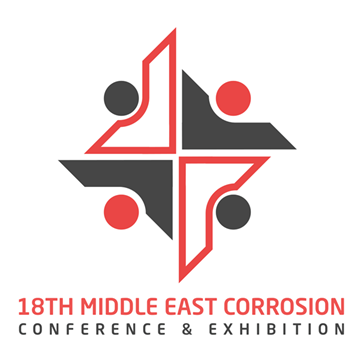Search
Products tagged with 'nonmetallic'
View as
Sort by
Display
per page
51318-10818-COMPLIANCE TO ASME PCC-2 STANDARD FOR ENGINEERED COMPOSITE REPAIR SYSTEMS
Product Number:
51318-10818-SG
Publication Date:
2018
$20.00
AMPP SP21541-2023, Recommendations for Material Selection and Welding for Optimum Corrosion Resistance in Washwater Discharge Stub Pipe in Marine Exhaust Gas Cleaning Systems (Scrubbers)
Product Number:
AMPP SP21541-2023
Publication Date:
2023
$109.00
AMPP TR21448-2021, Corrosion Prevention and Control for Marine Scrubbers
Product Number:
AMPP TR21448-2021
Publication Date:
2021
$109.00
Historical Perspective of Corrosion by Potable waters in Building Systems
Product Number:
93509-SG
Publication Date:
1993
$20.00
Operational Performance of RTP Flowline at Corrosive Nonassociated Sweet Gas
Product Number:
MPWT19-15263
Publication Date:
2019
$0.00
RP0491-1991, Worksheet for the Selection of Oifield Nonmetallic Seal Systems
Product Number:
53081-HD1991
ISBN:
1-5790-169-2
Publication Date:
1991
$179.00
Techniques for Inspecting Wall Thickness Metal Loss of Pipelines under Nonmetallic Sleeves
Product Number:
MPWT19-14377
Publication Date:
2019
$0.00
Transitioning Towards FRP Manhole Covers. A Case Study and Success Story on an Urban Scale
Product Number:
MECC23-20081-SG
Publication Date:
2023
$20.00








